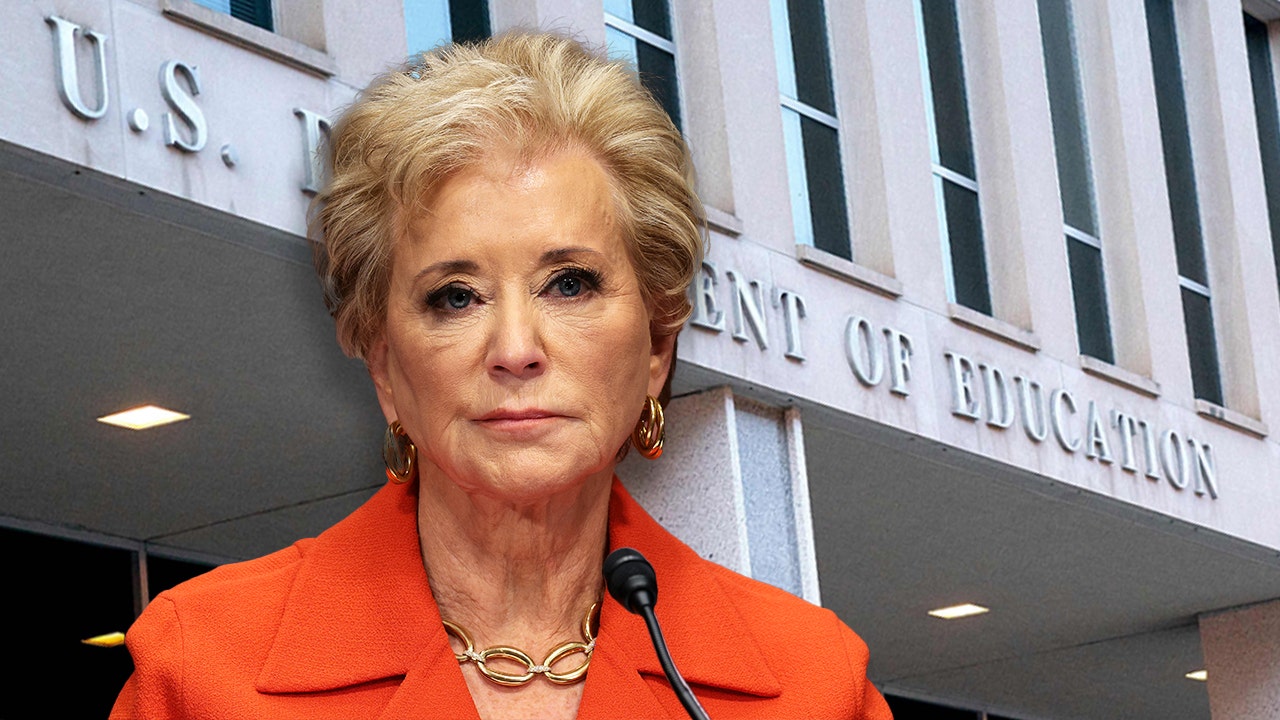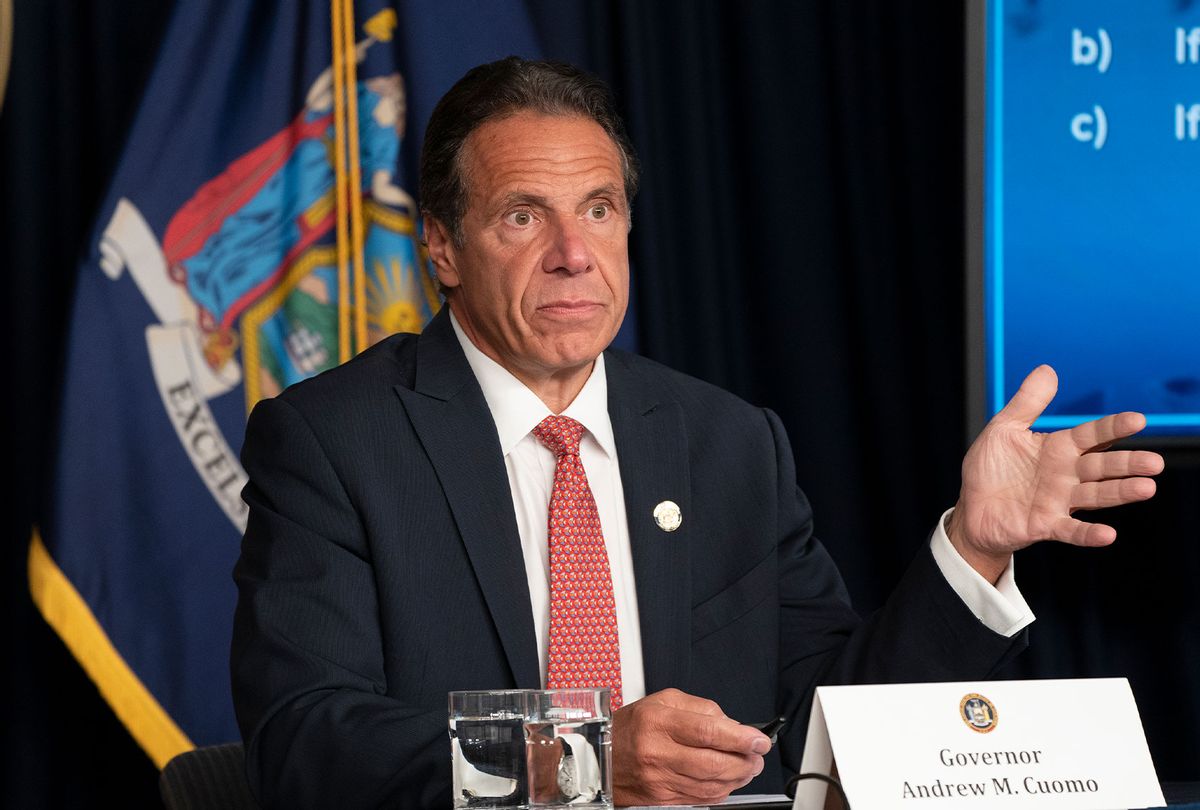The Philippines’ public debt stood at a record high of 12.79 trillion pesos ($230.3 billion) when former President Rodrigo Duterte left office at the end of June this year, data released by the Bureau of the Treasury on August 5 showed. The amount, which represents a 14.6-per cent annual increase, surpassed the 12.76-trillion pesos record previously set in April and the 12.5-trillion pesos figure in May. It also reflects a doubling of the government’s 5.95 trillion pesos in outstanding loans when Duterte started his six-year term at the end of June 2016. Of the total debt during the period, 68.5…
 The Philippines’ public debt stood at a record high of 12.79 trillion pesos ($230.3 billion) when former President Rodrigo Duterte left office at the end of June this year, data released by the Bureau of the Treasury on August 5 showed.
The Philippines’ public debt stood at a record high of 12.79 trillion pesos ($230.3 billion) when former President Rodrigo Duterte left office at the end of June this year, data released by the Bureau of the Treasury on August 5 showed.
The amount, which represents a 14.6-per cent annual increase, surpassed the 12.76-trillion pesos record previously set in April and the 12.5-trillion pesos figure in May.
It also reflects a doubling of the government’s 5.95 trillion pesos in outstanding loans when Duterte started his six-year term at the end of June 2016.
Of the total debt during the period, 68.5 per cent were sourced locally while the remaining 31.5 per cent were sourced externally, the data shows.
Expansionary fiscal policy
The reason for the high debt is seen in the former administration’s expansionary fiscal policy to help fund its ambitious flagship infrastructure programme “Build, Build, Build.” It further ramped up borrowings amid the Covid-19 pandemic, which impacted the government’s revenue collection abilities as tight restrictions dampened economic activity.
Philippine finance secretary Benjamin Diokno said that the debt levels experienced during the Duterte administration will “no longer” be seen in the current regime under Ferdinand Marcos Jr.
Marcos Jr vowed that the government would bring down the country’s debt to less than 60 per cent debt-to-gross domestic product ratio by 2025 from currently 63.5 per cent, its highest in 17 years and well over the internationally recommended threshold of 60 per cent of the economy.
Taxes, taxes, taxes
Diokno said that he was fine with the last two tax reform packages left by the Duterte administration, namely the tax packages on real property valuation and passive income and financial taxes.
The Marcos administration is further seeking to impose a tax on digital transactions which could generate 11.7 billion pesos next year.
“The government may also intensify fiscal discipline or even austerity measures on government spending through anti-corruption, anti-wastage and anti-leakage measures, as well as adopting an investment approach on government spending on education, health and infrastructure, among others,” Rizal Commercial Banking Corporation chief economist Michael Ricafort said, according to GMA News.
“This would help further boost the economy’s productivity and long-term gains and returns for the coming generations,” he added.





















Discussion about this post